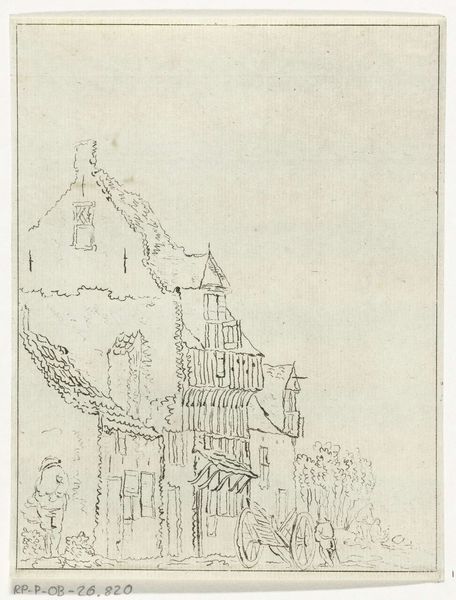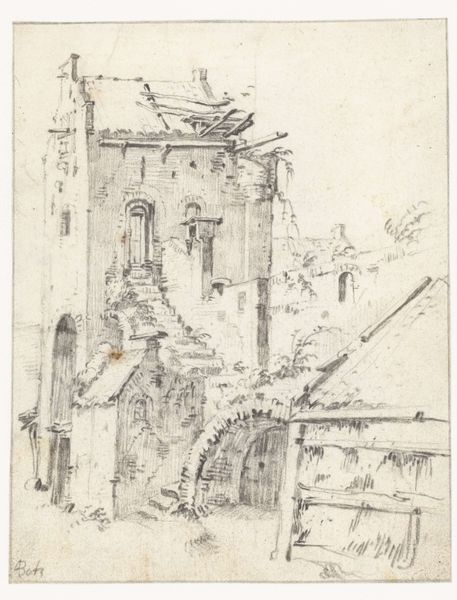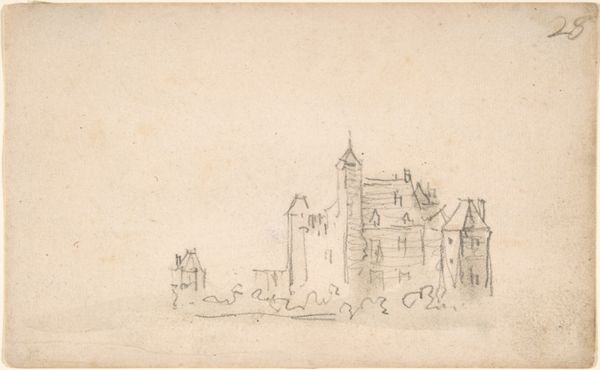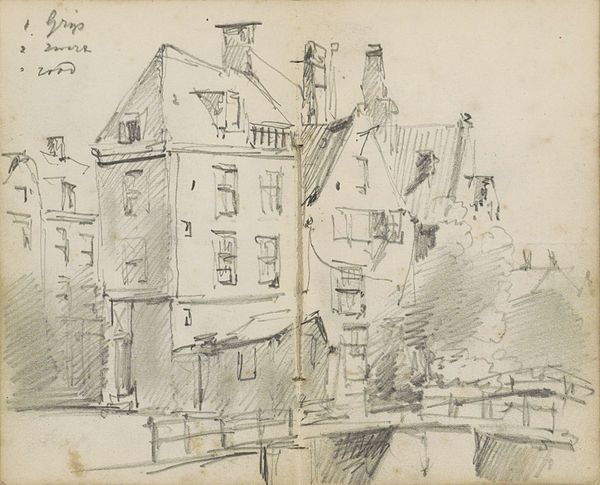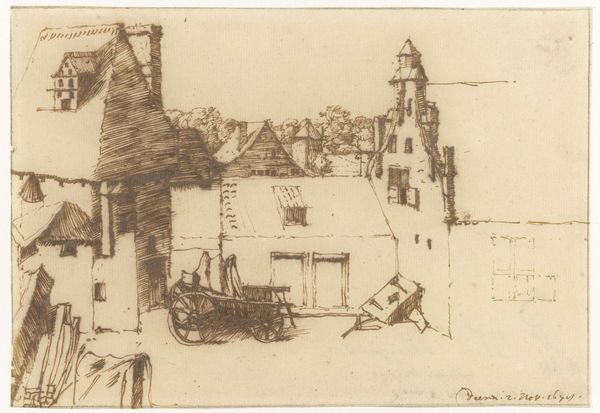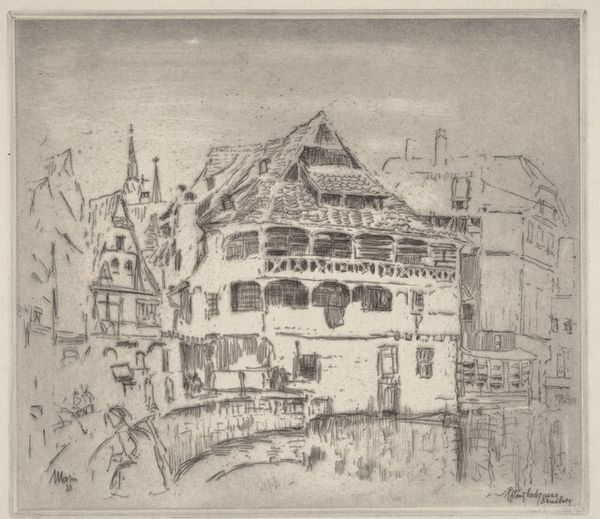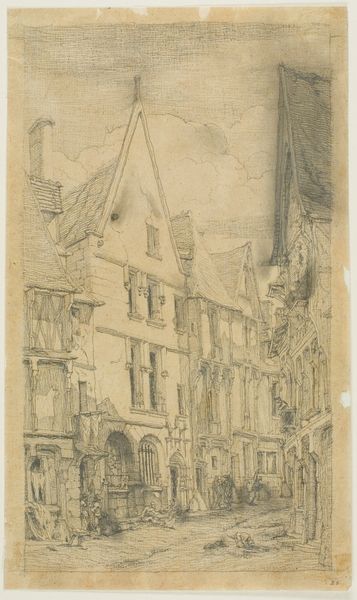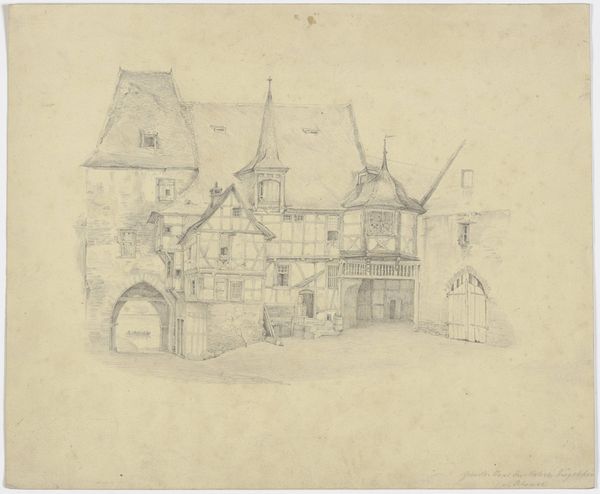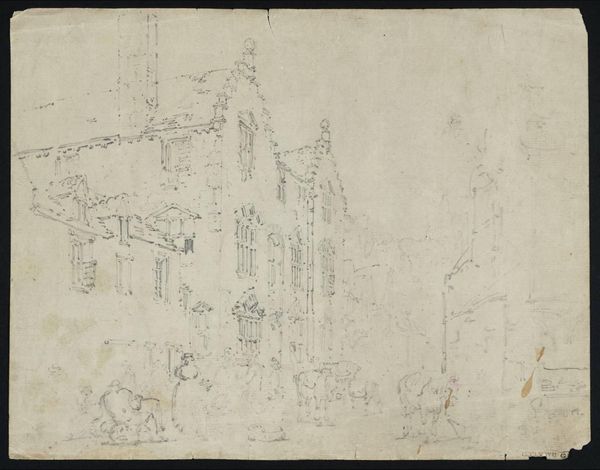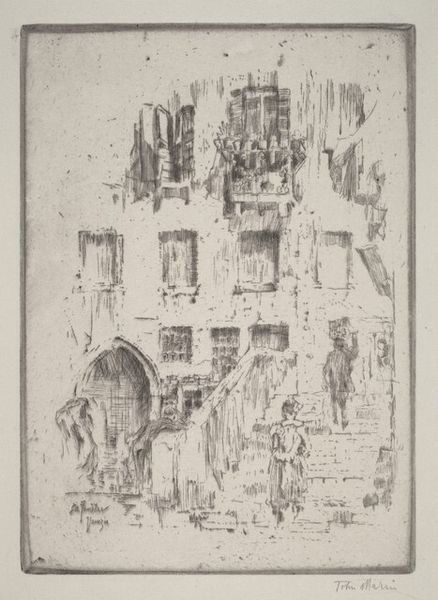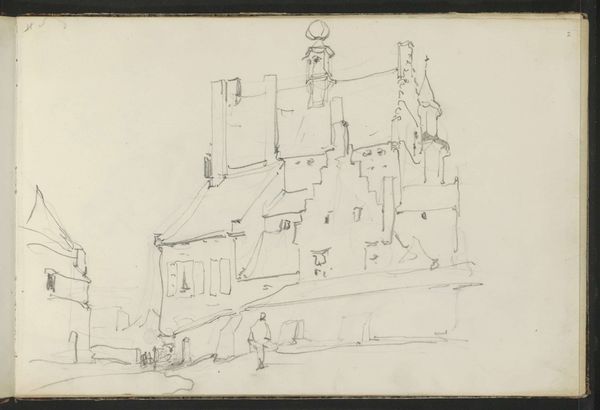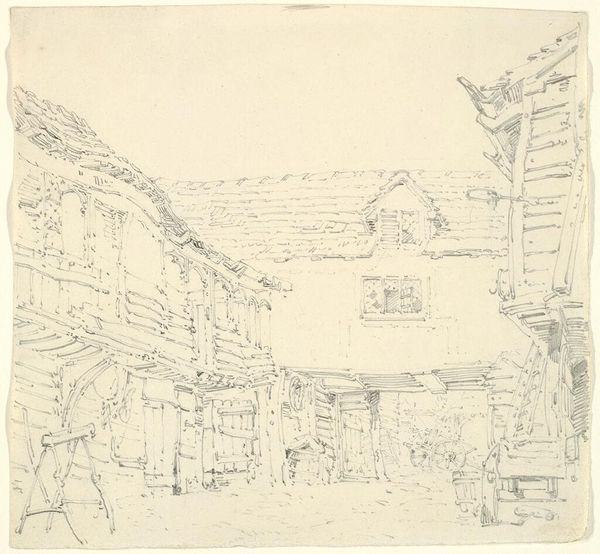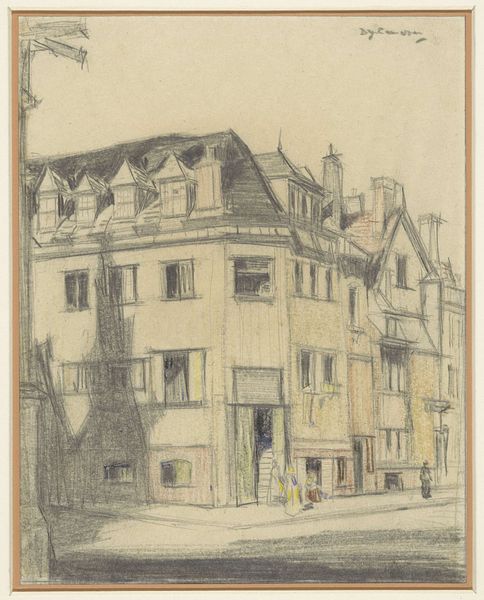
Dimensions: support: 434 x 281 mm
Copyright: CC-BY-NC-ND 4.0 DEED, Photo: Tate
Editor: Henry Edridge's drawing, simply titled "Rouen," captures a scene from everyday life. It feels immediate, like a fleeting glimpse. What visual cues do you think carry the strongest historical echoes? Curator: The tower, certainly. It’s a potent symbol of Rouen's medieval past, but consider the placement of the figures. Their presence transforms it from a relic into a lived space. The relationship between the people and the architecture tells a story about continuity and adaptation, how places retain meaning and accrue it. Editor: That’s a fascinating point! It makes me see the drawing as a conversation between past and present. Curator: Precisely. Edridge uses familiar forms to evoke memory and cultural identity. Thinking about the lasting power of images and places can also help us consider our roles in creating collective memory today.
Comments
Join the conversation
Join millions of artists and users on Artera today and experience the ultimate creative platform.
tate 7 months ago
⋮
This lively street scene was drawn in August 1819, while Edridge was touring northern France. Though he was a successful portraitist, his impressively detailed pencil drawings of landscapes and architectural subjects are also noteworthy. The rapid, expressive linework of the drawing reflects the influence of physician, collector and amateur draughtsman Dr Thomas Monro. Monro set up an unofficial drawing school at Adelphi Terrace in London, where artists including Edridge, William Turner and Thomas Girtin, could study landscape. Gallery label, October 2019
